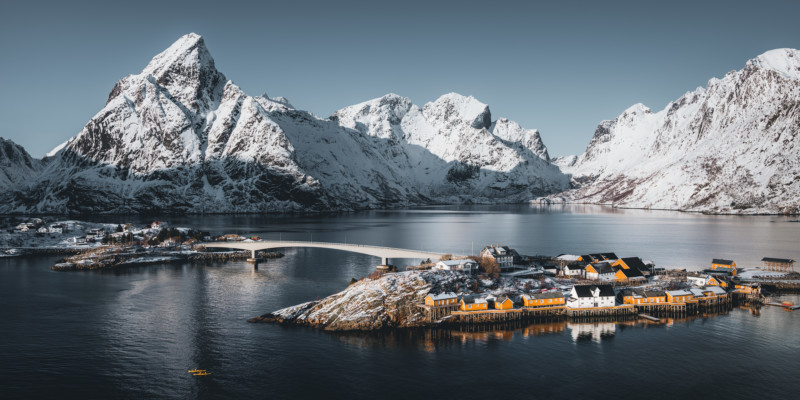Landscape Photo Editing: Why You Need a Plan
When I started my journey in photography, one aspect that fascinated me the most — and this extends even to today — was photo editing. I remember my first edits. I was so delighted to see how my images changed drastically by just moving a few sliders in Lightroom or Photoshop.
Those changes were not necessarily in a good direction either.
It was so fun to play with tone sliders, colors, local adjustments, masks, and any fancy filter, but what I rapidly discovered was that I didn’t know exactly what I was doing, and more importantly, why I was doing it. After a few months, and then a couple of years, I looked back through some of my old images and I was very frustrated: My editing totally sucked!
I definitely missed something during the editing process and it was not the lack of a specific technical skill or the wrong software. What I was missing was the overall vision of what I was doing — such as editing to create some kind of meaning in the image — which was the result of the fact that I didn’t have any pre-planning — or previsualization, if you want — before I started to tweak sliders and curves.
This issue I had is one that I see frequently among beginner photographers since they don’t have enough experience to understand where to start or why specific adjustments are important. It’s easy to lose ourselves between random adjustments here and there when you go into an image with no plan.
There are no rules when it comes to editing images. All we have to go on is our taste, sensibility, and personal style. Editing is not quite as simple as it sounds.
In this video, I want to share with you what I amusingly named the “ACDC System.”
ACDC: A – Analyze | C – Cropping | D – Distractions | C – Colors & Tones
This system is basically a photo-development process that I use on a daily basis with my photos. To discuss the process, I will use an example image I captured in the Lofoten Islands, and show you the process I used to bring the photo from its original RAW version to a finished and polished product.
For this shot, I used the Fujifilm GFX 50R with the Fujinon GF32-64mm f/4 zoom lens. It’s a standard wide-angle shot, with a full-frame equivalent focal length of 27mm:
![]()
I usually start analyzing the overall image and try to define which are its characteristics, strengths, and weaknesses by going over the key aspects of a photo below, which I use to form my editing plan.
![]()
What is the focal point? What should the aspect ratio of the image be? How is the exposure? How is the quality of light?
![]()
Should I apply global or local contrast? What are the colors I want to highlight?
![]()
Are there any distractions?
![]()
What’s my goal for the image, and the outcome I’m aiming for?
![]()
Once I define the overall editing plan, I’ll start applying all the adjustments I need in Lightroom (or Photoshop, if needed).
I do not mean this process to be a bunch of shortcuts, not at all — there are no shortcuts, in general. I believe that the idea of shortcuts will never get you where you really want to go. My goal is to give you, like in my previous video about the composition framework, some guidelines and suggestions to see photo editing from a slightly different perspective, and therefore help you to improve your confidence and vision on how to map a more robust and repeatable mind approach to define the direction of your post-processing workflow. You can do this by discussing the how-tos as much as the whys.

As I said, there are no shortcuts and I can’t guarantee your photos will always be amazing. Actually, post-processing is not everything and there are a lot of other aspects to consider along the creative process. But I’m pretty sure you’ll find some of these concepts useful to shape your own vision and your approach to photo editing.
About the author: Andrea Livieri is a Venice-based professional photographer, educator, musician, and spirited adventurer. He started exploring the photography medium by capturing images of fellow musicians, their families, and other friends and acquaintances in the music industry. As he continued honing his craft, he merged his love for photography and exploring the outdoors, enabling him to amass lots of photographic work of delightful scenery, rugged mountainscapes, and exhilarating terrain. He also lead photography courses, workshops, and tours to teach other photographers his methods and help them to bring out their own vision.
For more from Livieri, you can follow him on Instagram and subscribe to his YouTube Channel.